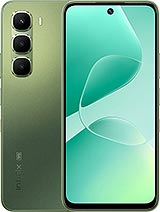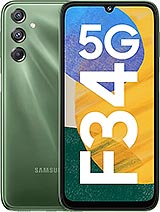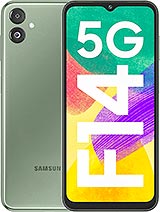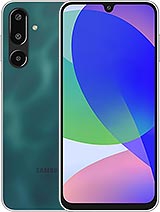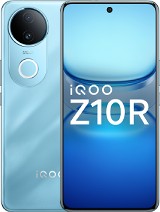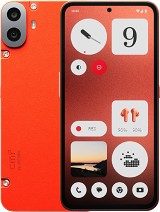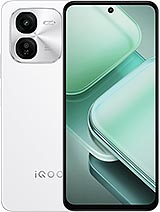iQOO Z9x alternatives
Tap above to see alternatives.
vivo T4R alternatives
Tap above to see alternatives.
4x2.2 GHz Cortex-A78
4x1.8 GHz Cortex-A55
4x2.6 GHz Cortex-A78
4x2.0 GHz Cortex-A55
6GB 128GB (UFS 2.2)
8GB 128GB (UFS 2.2)
8GB 256GB (UFS 2.2)
12GB 256GB (UFS 2.2)
f/1.8, (wide), 1/1.95", 0.8µm, PDAF
2 MP
f/2.4, (depth)
f/1.79, (wide), 1/1.95", 0.8µm, Sony IMX882, PDAF, OIS
2 MP
f/2.4, (depth)
1080p
1080p@30/60fps, gyro-EIS
f/2.1, (wide)
f/2.45, (wide), 1/3.1", 0.7µm
1080p@30/60fps
SIM1: Nano, SIM2: Nano (Hybrid)
SIM1: Nano, SIM2: Nano
FDD: N1, N3, N5, N8, N28
TDD: N40, N77, N78
FDD: N1, N3, N5, N8, N28
TDD: N40, N77, N78
FDD: N1, N3, N5, N8, N28
TDD: N40, N77, N78
FDD: N1, N3, N5, N8, N28
TDD: N40, N77, N78
In this performance comparison, the vivo T4R with its MediaTek Dimensity 7400 (4nm) performs better than the iQOO Z9x with the Qualcomm Snapdragon 6 Gen 1 (4nm), thanks to superior chipset efficiency.
Both iQOO Z9x and vivo T4R offer the same software support — 2 years of OS updates and 3 years of security updates.
vivo T4R features a superior AMOLED display, while iQOO Z9x comes with an LCD panel. Both smartphones offer the same 120 Hz refresh rate. vivo T4R also boasts a brighter screen with 1800 nits of peak brightness, enhancing outdoor visibility. Both phones have the same screen resolution.
iQOO Z9x comes with a larger 6000 mAh battery, which may offer longer usage on a single charge. Both devices support the same wired charging speed of 44W.
vivo T4R offers better protection against water and dust with an IP69 rating.
- iQOO Z9x – Check price here
¹ Scores can vary even with the same chipset due to RAM, thermals, and software optimization.

